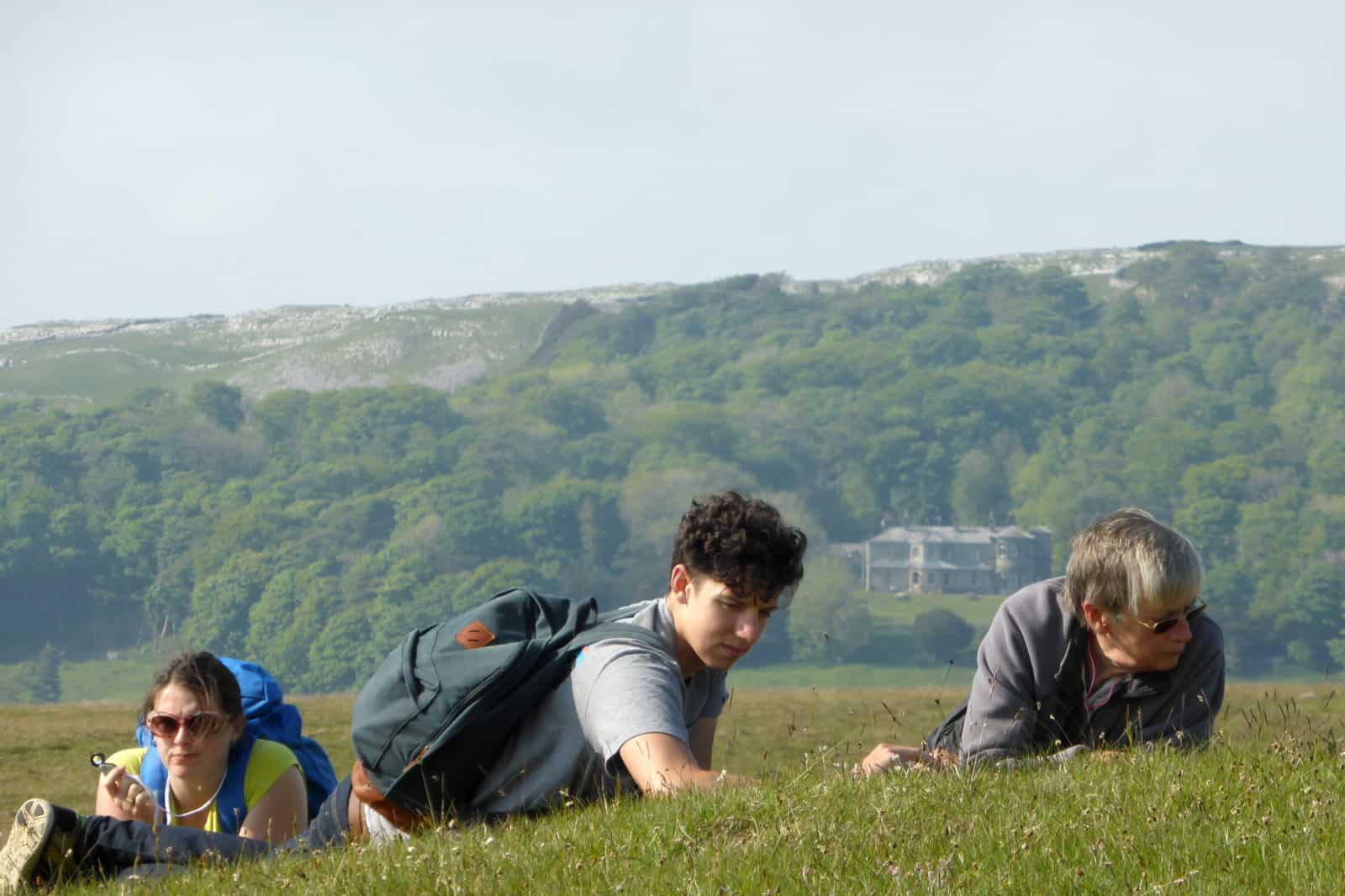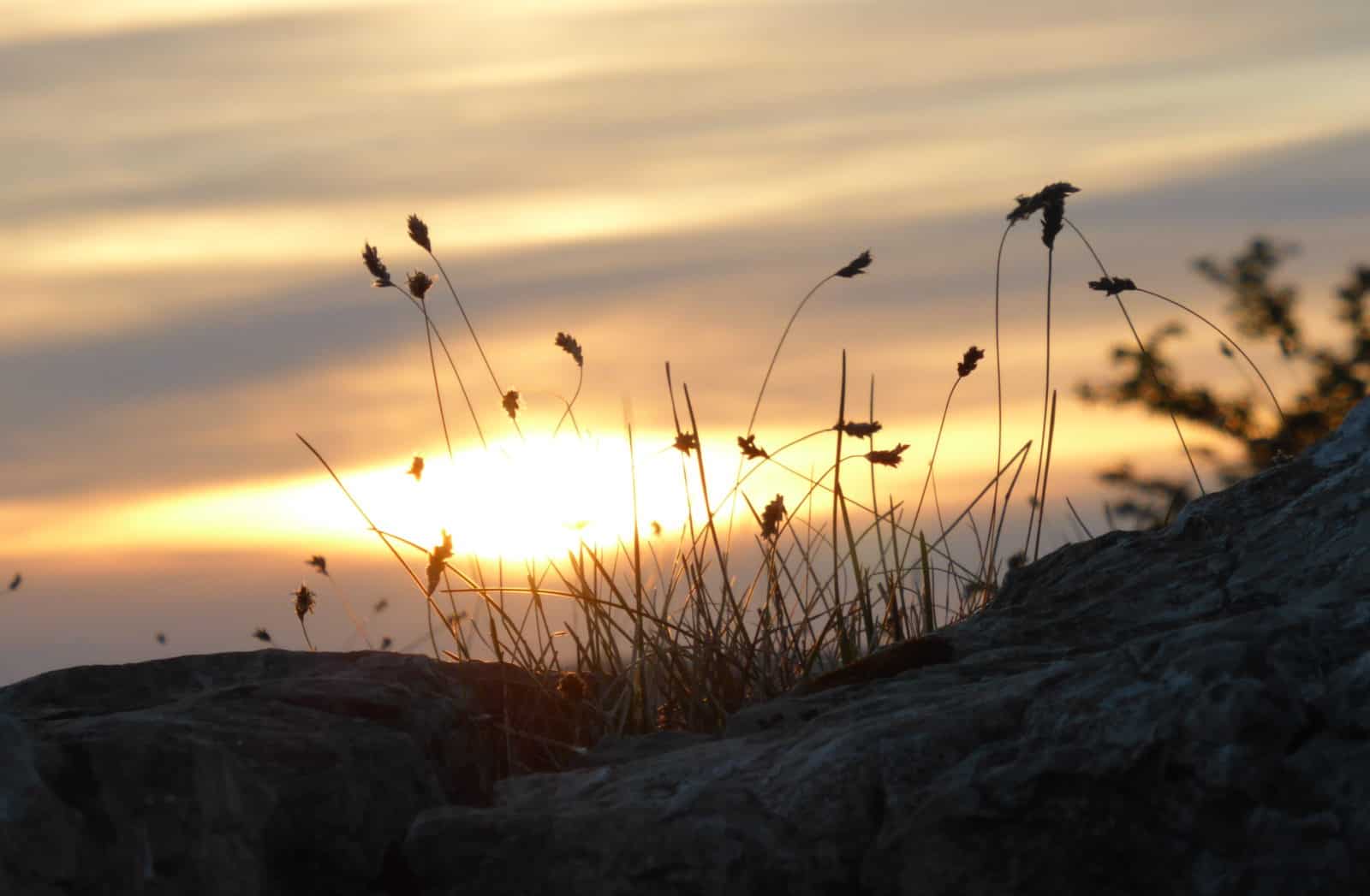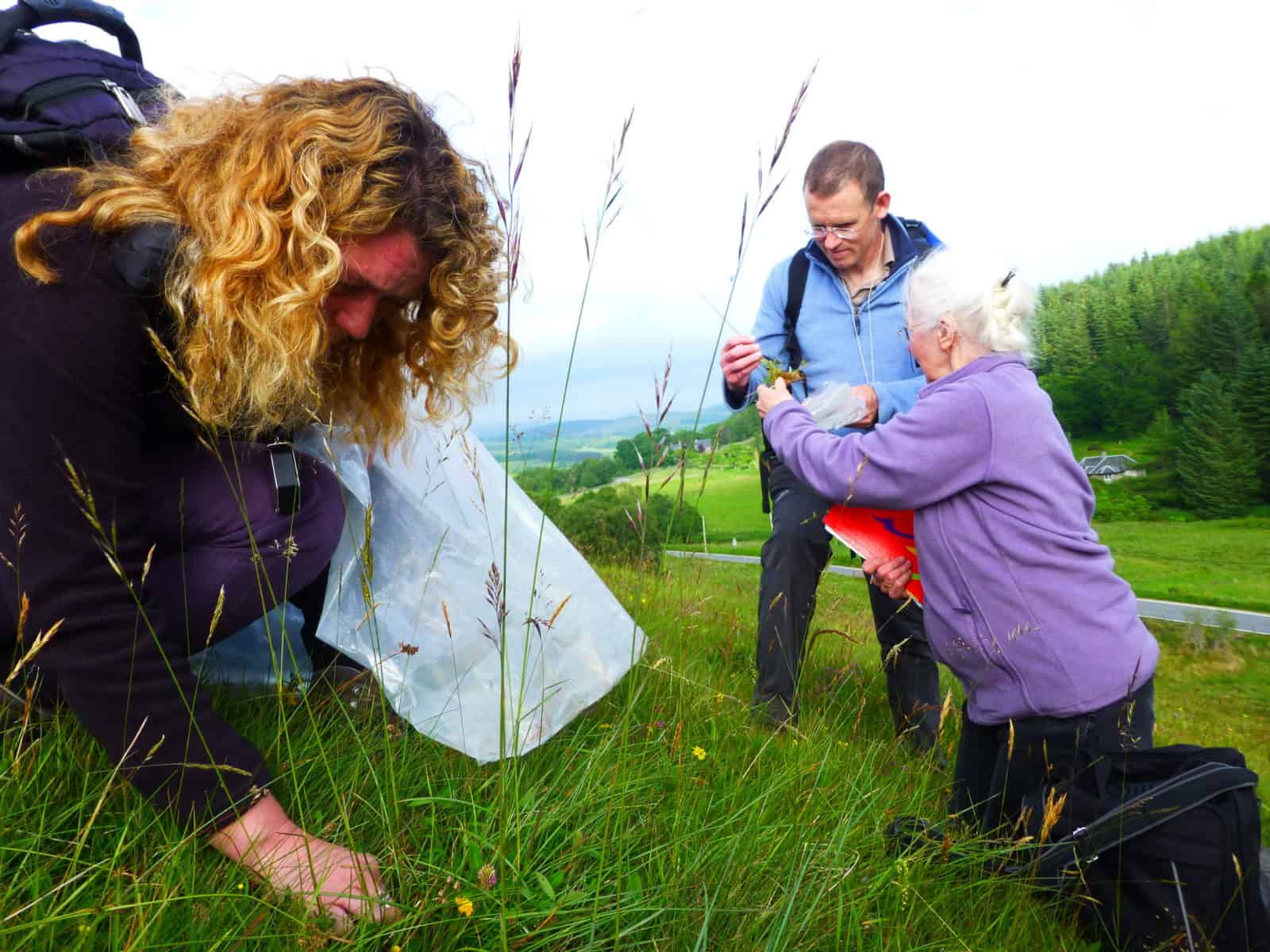Teachers, surveyors, naturalists, country lovers will all find this course useful.
Being able to recognise different species of grasses tells us about the habitat – e.g. whether it is improved or semi-natural grassland; is the soil basic or acid. Being able to identify grasses when they are not in flower means one can carry out surveys at times of the year other than early summer.
We hope to see over 25 species, including grasses of basic soils, grasses of acid soils, grasses of semi-improved grassland; plus a very limited number of woodland and wetland grasses.
The course will include:
- An introduction to flowering and vegetative parts of grasses.
- Visits to a variety of habitats including acid, basic and neutral grassland to see associated species.
- Practice in using keys, especially vegetative keys.
- Making a collection of reference specimens.
We anticipate that this course will run with between 8 and 16 participants.
The land might be rocky, and the rocks slippery. Feel free to bring a walking pole. We do not expect the group to walk more than 2 miles maximum.
If you are 18-25, you can get £50 off this course thanks to the Generation Green project. Click here to find out more and to get your voucher code.
Tutor: Judith Allinson
Judith Allinson is a former member of FSC staff and co-author of the AIDGAP Key to the Vegetative Stages of Grasses. She spent several years carrying out botanical surveys for English Nature. She has run the Grass Identification in Spring course at Juniper Hall for a number of years and has also taught grass identification courses at Kindrogan, Nettlecombe Court and Malham Tarn Field Centres.Please note, the fee is for tuition and refreshments only.
If you would like to book accommodation, lunch and an evening meal at FSC Malham Tarn, please email [email protected].
Example Timetable
Day One
Classroom-based learning including the basic introduction to flowering and vegetative parts of grassed. Followed by a walk to collect specimens which we will take back to lab to process.
Day 2:
Begin with a field trip to visit acid, basic grassland and neutral grassland habitats where we will practice using keys. We will then sort our specimens and revise distinctive features for each species.
If you have booked accommodation at the centre, please arrive between 8:30am and 9:45am on arrival day, allowing time to settle into your room before the course begins
If you are a non-resident, please arrive by 9:45am.
The course will end at 17:00pm on the last day and we ask that rooms are vacated by 9:30am.
What's Included
- Up to 6 hours of tuition a day.
- Tea and coffee making facilities available throughout the day.
- Use of resources and facilities including workrooms and the Centre grounds.
Bursaries and Subsidies
If you are 18-25, you can get £50 off this course thanks to the Generation Green project. Click here to find out more and to get your voucher code.
Before You Attend
What to Bring
- Strong walking footwear and waterproofs.
- Pen, pencil, hand-lens (hand-lenses can be borrowed).
- Plastic bags.
- A6 size notebook for writing notes and sticking in specimens (there will be a supply of these for sale at the Centre £2.00).
Books (If you have them):
- Hubbard CE & JCE (1985) (It is possible to buy this second-hand online)
Recommended books, if you want to buy more, not expected:
- Poland, J and Clement, E: The Vegetative Key to the British Flora: A new approach to plant identification (2019) 2nd Edn.
- Stace, C: New Flora of the British Isles (2019) 4th Edn.
- Cope, T and Gray, A: Grasses of the British Isles: 13 (BSBI Handbooks) (2009).
Any other grasses book you fancy.
Sorry this course has ended



